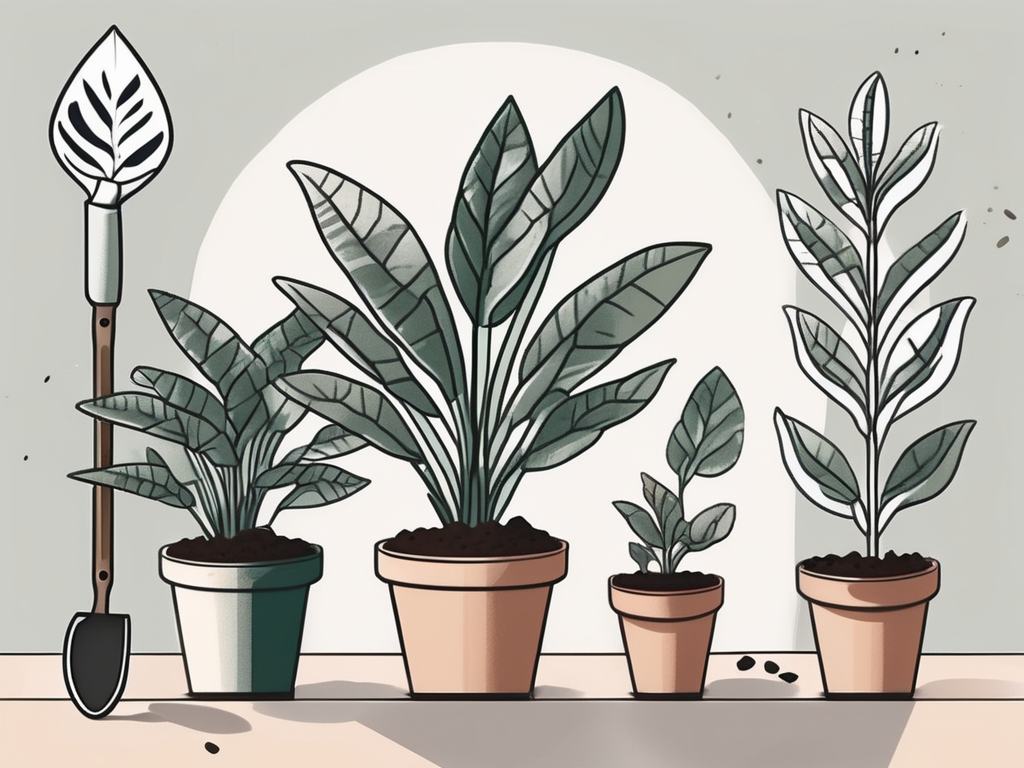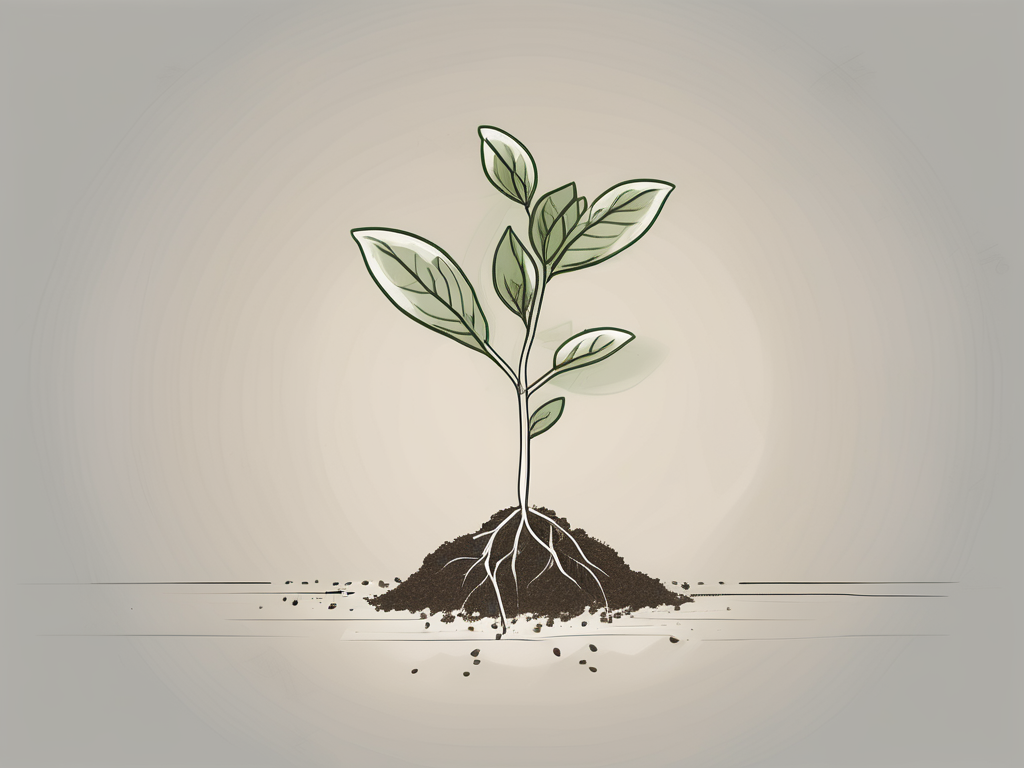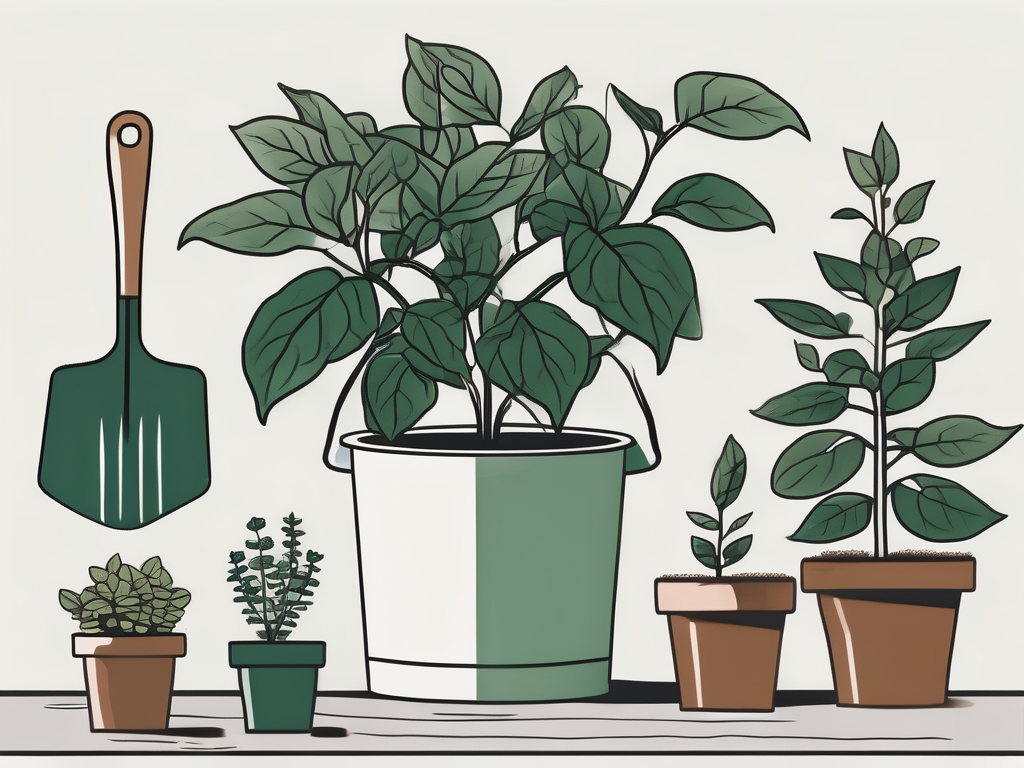
Your Zebra Plant, known for its striking foliage and vibrant appearance, deserves the best care, and part of that is knowing when and how to repot it. If you're looking to give your plant a new home, you've come to the right place. Repotting can seem intimidating at first, but with a little guidance, you'll find it's a straightforward process that can breathe new life into your plant.
Together, we'll explore everything you need to know about repotting your Zebra Plant. From understanding when it's time to repot, choosing the right pot and soil, to step-by-step instructions, we've got you covered. Let's dig into the details and ensure your plant continues to thrive.
Understanding When to Repot Your Zebra Plant
Recognizing the right time to repot your Zebra Plant is crucial for its health and growth. Unlike some other houseplants, Zebra Plants don't need frequent repotting. Generally, it's best to repot every 2-3 years, or when you notice specific signs that it's time for a change.
Here are some indicators that your Zebra Plant might need repotting:
- Root Bound: If you see roots growing out of the drainage holes or circling the surface of the soil, your plant is likely root-bound and needs more space.
- Growth Slows Down: When your plant's growth seems to stall, despite optimal care, it might be due to restricted root space.
- Water Drains Too Quickly: If water runs straight through the pot without soaking the soil, the roots might be taking up too much space.
- Visible Salt Buildup: White crusts on the soil surface indicate salt buildup, which can harm your plant over time.
Keeping an eye out for these signs helps you determine the perfect time to give your Zebra Plant a new, roomier home.
Choosing the Right Pot and Soil
Now that you know when to repot, the next step is selecting the right pot and soil. Your plant's new home is critical to its well-being, so it's worth taking the time to get it right.
When it comes to pots, size matters. Opt for a pot that is just one or two inches larger in diameter than the current one. Too large a pot can lead to overwatering issues, as the soil will retain more moisture than necessary. Make sure the pot has drainage holes to prevent water from stagnating at the bottom.
As for soil, Zebra Plants prefer a well-draining mix. You can create an ideal mixture by combining equal parts of potting soil, perlite, and orchid bark. This blend ensures the roots receive enough aeration while retaining the right amount of moisture. If you're short on time, a cactus or succulent mix can also work well, as long as you ensure it drains quickly.
Choosing the right pot and soil sets the foundation for a healthy, thriving Zebra Plant.
Preparing for the Repotting Process
Before you get your hands dirty, it's helpful to gather everything you'll need for a smooth repotting session. Having all your supplies ready not only saves time but also reduces stress for both you and your plant.
Here's a quick checklist to prepare:
- New Pot: As discussed, select a slightly larger pot with good drainage.
- Soil Mix: Prepare the soil mix in advance to ensure it's ready to go.
- Watering Can: A gentle watering can help settle the new soil around the roots.
- Newspaper or Tarp: Lay this down to catch any soil spills and keep your workspace tidy.
- Pruning Shears: Keep these handy to trim any damaged roots or leaves.
- Gloves: If you prefer to keep your hands clean or have sensitive skin, gloves are a good idea.
With everything in place, you'll be ready to repot your Zebra Plant with ease and confidence.
Repotting Your Zebra Plant: Step-by-Step
Now comes the exciting part—actually repotting your Zebra Plant. Follow these steps to ensure a successful transition for your plant.
- Water the Plant: Water your Zebra Plant a day before repotting. This helps soften the soil, making it easier to remove the plant from its pot.
- Remove the Plant: Gently turn the pot on its side and tap the bottom to loosen the root ball. Carefully slide the plant out, supporting it at the base.
- Inspect the Roots: Examine the roots for any signs of rot or damage. Trim any unhealthy roots with your pruning shears.
- Prepare the New Pot: Add a layer of the soil mix to the bottom of the new pot.
- Position the Plant: Place the plant in the new pot, ensuring it's centered and at the same depth as before.
- Fill with Soil: Gradually fill the pot with soil, gently pressing it down to eliminate air pockets. Be careful not to bury the plant too deep.
- Water Thoroughly: Once repotted, water the plant thoroughly to help settle the soil.
And there you have it! Your Zebra Plant is successfully repotted and ready to continue growing happily in its new home.
Post-Repotting Care
After repotting, your Zebra Plant will need some time to adjust to its new environment. During this period, extra care is essential to help it settle in and thrive.
Here are some tips for post-repotting care:
- Location: Keep the plant in a warm, well-lit spot, but avoid direct sunlight to prevent stress.
- Watering: Be cautious with watering. Allow the top inch of soil to dry out before watering again. Overwatering can lead to root rot, especially in a new pot.
- Humidity: Zebra Plants love humidity. Mist the leaves regularly or place a small humidifier nearby.
- Observe: Keep an eye on your plant for any signs of stress, such as wilting or yellowing leaves. Adjust care as needed.
With these tips, your Zebra Plant will adapt well to its new pot and continue to bring joy to your indoor space.
Common Repotting Mistakes to Avoid
Even with the best intentions, repotting can sometimes go awry. Being aware of common pitfalls can help you avoid them and ensure a successful repotting experience.
Here are some mistakes to watch out for:
- Choosing the Wrong Pot Size: Opting for a pot that's too large can lead to waterlogged soil. Stick to a pot that's just slightly larger than the current one.
- Poor Drainage: Without drainage holes, excess water can't escape, potentially drowning the roots. Always select pots with adequate drainage.
- Rough Handling: Be gentle when removing the plant from its pot to avoid damaging the roots.
- Overwatering: After repotting, it's easy to overwater out of concern. Remember, Zebra Plants prefer to dry out slightly between waterings.
Being mindful of these mistakes will help you give your Zebra Plant the best start in its new pot.
Designing a Space with Your Zebra Plant
Now that your Zebra Plant is happily repotted, it's time to think about where to place it in your home. Zebra Plants are not only low-maintenance but also stunning in appearance, making them a perfect addition to any room.
Here are some ideas for showcasing your Zebra Plant:
- Centerpiece: Place it on a coffee table or dining table as a striking centerpiece.
- Bookshelf Buddy: Add a touch of greenery to your bookshelf. The plant's unique leaves can complement your favorite books and decorative items.
- Window Sill: A bright, indirect light spot like a north-facing windowsill is ideal for Zebra Plants.
- Bathroom Beauty: If you have a humid bathroom with natural light, your Zebra Plant will thrive there.
Wherever you choose to place it, your Zebra Plant is sure to bring a fresh and vibrant energy to your home.
FAQs About Zebra Plant Repotting
As you embark on your repotting journey, you might have some lingering questions. Let's tackle a few common ones that often come up when repotting Zebra Plants.
How often should I repot my Zebra Plant?
Typically, every 2-3 years is sufficient, unless you notice the signs mentioned earlier that indicate it's time for a new pot.
Can I use regular potting soil?
While regular potting soil might work, adding perlite and orchid bark improves drainage and aeration, which Zebra Plants prefer.
Is repotting stressful for my plant?
Repotting can be a bit stressful, but with proper care, your plant will quickly adjust and thrive in its new environment.
Armed with this knowledge, you can confidently care for your repotted Zebra Plant, ensuring it continues to grow beautifully.
Final Thoughts
Repotting your Zebra Plant doesn't have to be a daunting task. By understanding when to repot, choosing the right pot and soil, and following step-by-step instructions, you're setting your plant up for a healthy future. Remember, patience and attention to detail are your best friends in this process.
Here at Cafe Planta, we're passionate about helping you care for your plants. If you have questions or need further assistance, feel free to email us or send a message on our Instagram. We believe plants have the power to connect us with nature and each other. Whether you're a seasoned plant lover or just starting out, we're excited to join you on your plant journey.












